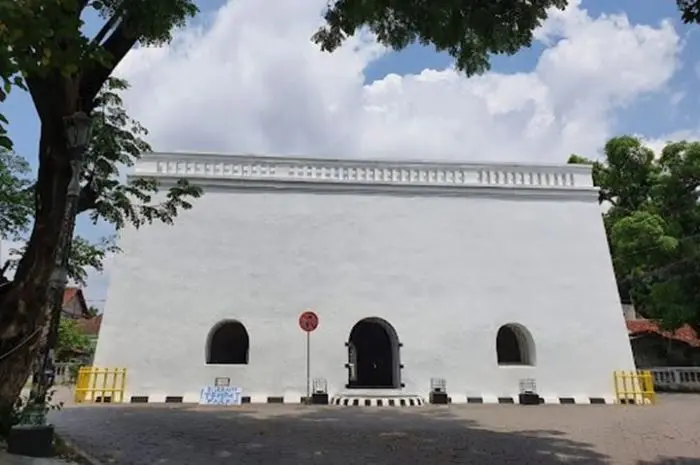Krapyak Stage, a significant heritage building located in the historic city of Yogyakarta, Indonesia, stands as a lasting relic of the Mataram Kingdom’s rich history and architectural prowess. This ancient structure, also known as Pendopo Krapyak, offers a fascinating glimpse into the past, embodying the cultural and historical narratives of the region.
In this detailed article, we explore Krapyak Stage’s historical significance, architectural features, cultural importance, and its role in modern-day Yogyakarta.
Historical Background
Krapyak Stage dates back to the era of the Mataram Kingdom, which was a powerful and influential kingdom in Java during the 16th and 17th centuries. The structure was built under the reign of Sultan Agung Hanyokrokusumo, one of the most notable sultans of the Mataram Kingdom, known for his military prowess and cultural contributions.
Originally, Krapyak Stage served as a hunting lodge and a resting place for the royal family during their hunting expeditions. Over the centuries, it has witnessed significant historical events and changes, making it an important link to Yogyakarta’s past.
Architectural Significance
The architecture of Krapyak Stage is a fine example of traditional Javanese design, reflecting the skills and artistic vision of the era. The structure is characterized by its pendopo-style design, a typical feature of Javanese architecture, which includes a large, open pavilion with a distinctive roof supported by wooden columns.
The use of local materials such as wood and traditional Javanese ornaments in its construction highlights the indigenous craftsmanship and architectural techniques of the time. Despite the passage of time, much of the original structure and design have been preserved, offering a rare physical representation of the architectural style of the Mataram Kingdom.
Cultural and Historical Importance
Krapyak Stage is not just an architectural marvel but also a vessel of cultural and historical significance. It has been a witness to the evolution of Yogyakarta and has played a pivotal role in the region’s cultural narrative. The structure has been associated with various local legends and folklore, adding to its mystique and cultural value.
The site has traditionally been used for various cultural events and ceremonies, continuing to serve as a venue for traditional Javanese performances, gatherings, and community events. This ongoing use of the Krapyak Stage helps keep the cultural heritage of the Mataram Kingdom alive and relevant in contemporary society.
Preservation and Restoration Efforts
Recognizing its historical and cultural value, efforts have been made to preserve and restore Krapyak Stage. Restoration projects have focused on maintaining the integrity of the original structure while ensuring its stability and longevity. These efforts are crucial in preserving this piece of history for future generations.
Krapyak Stage in Modern Times
In modern-day Yogyakarta, Krapyak Stage continues to be a significant landmark. It is not only a tourist attraction but also a center for cultural activities. The stage hosts various cultural events, art exhibitions, and performances, showcasing Yogyakarta’s rich traditions and arts. It serves as a bridge between the past and present, allowing visitors and locals alike to experience the cultural depth of the region.
Conclusion
Krapyak Stage is more than just a heritage building; it is a symbol of Yogyakarta’s historical depth, cultural richness, and architectural ingenuity. It stands as a testament to the legacy of the Mataram Kingdom, offering insights into the past while continuing to be a part of the present.
Whether one is a history enthusiast, an architecture admirer, or a cultural explorer, Krapyak Stage in Jogja is a destination that offers a profound and enriching experience, inviting visitors to step back in time and immerse themselves in the storied history of the Mataram Kingdom.







